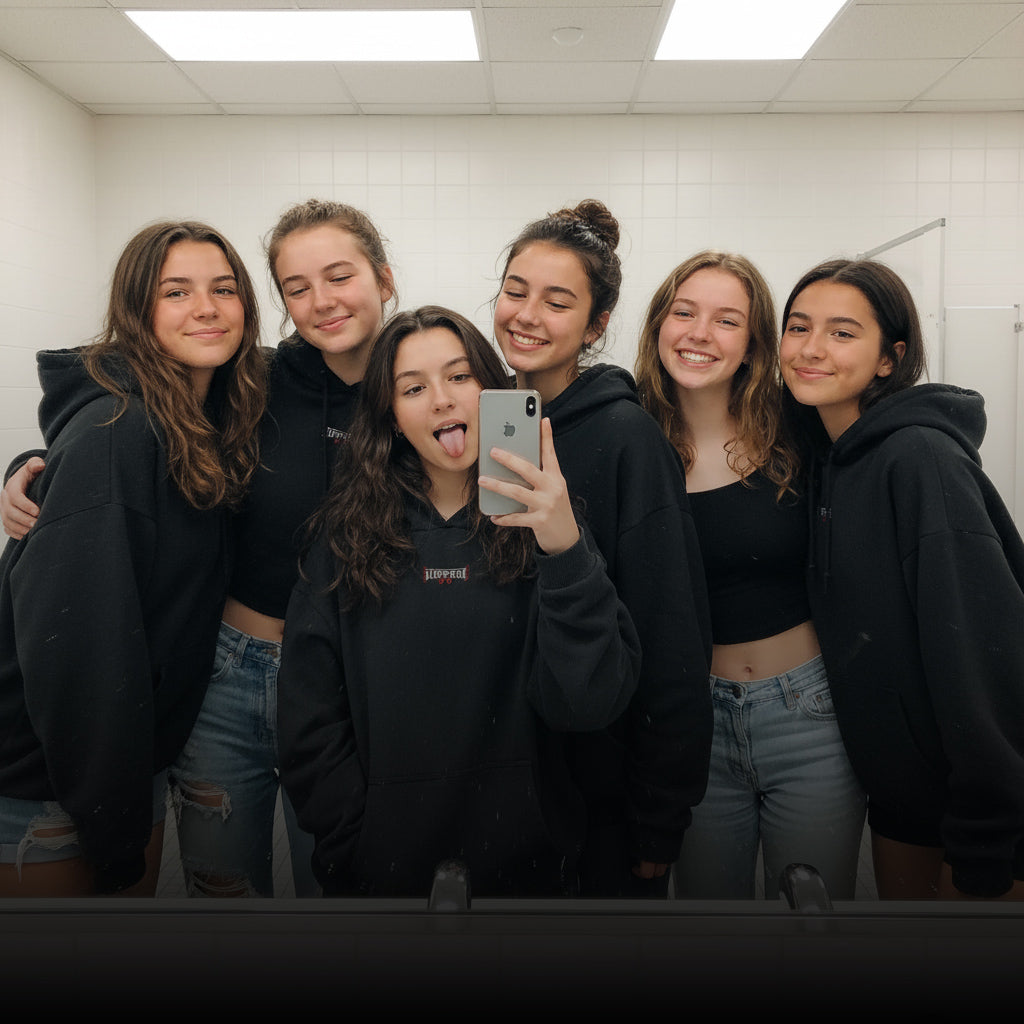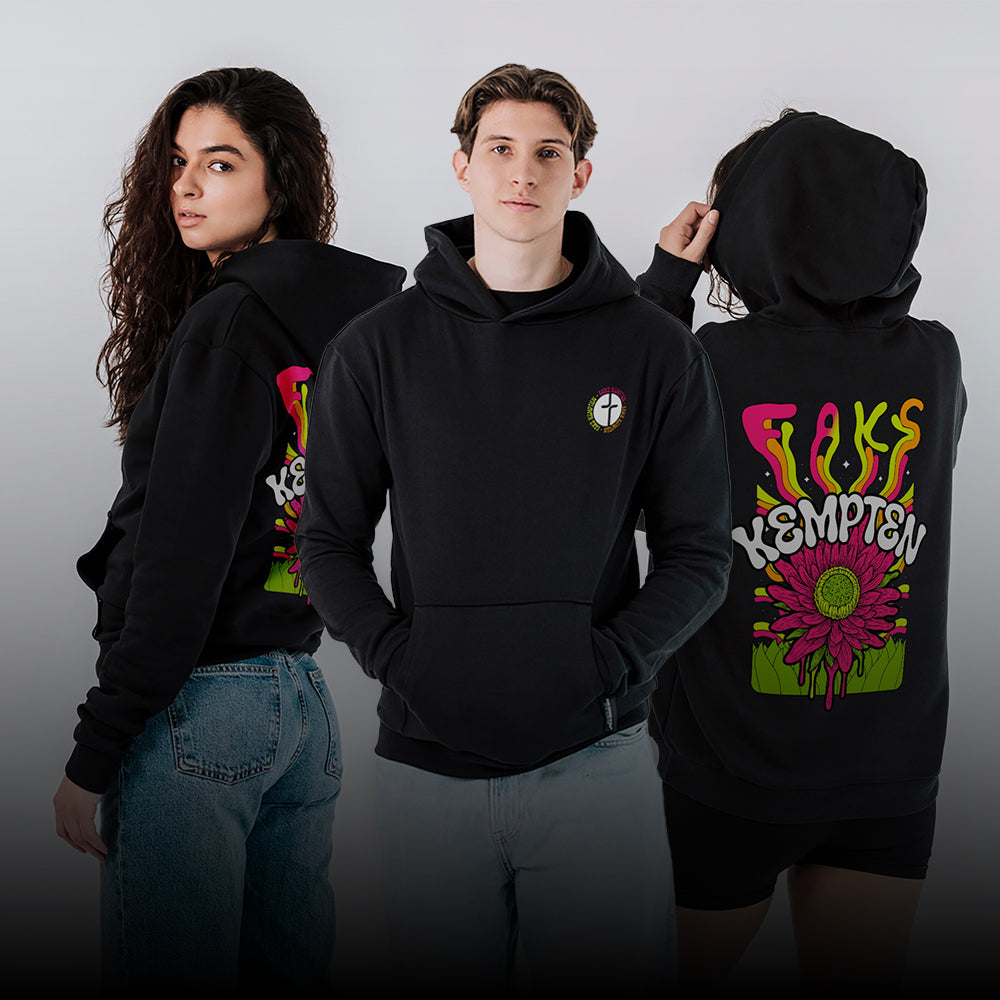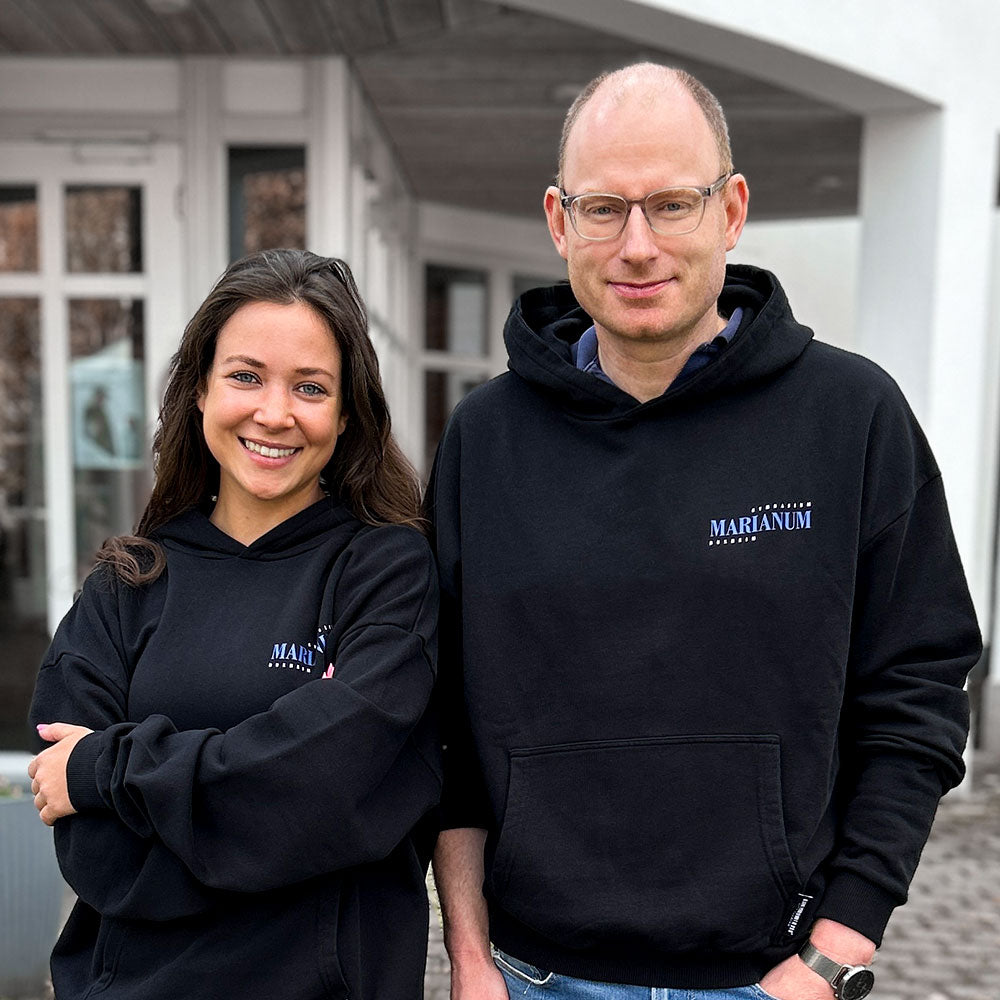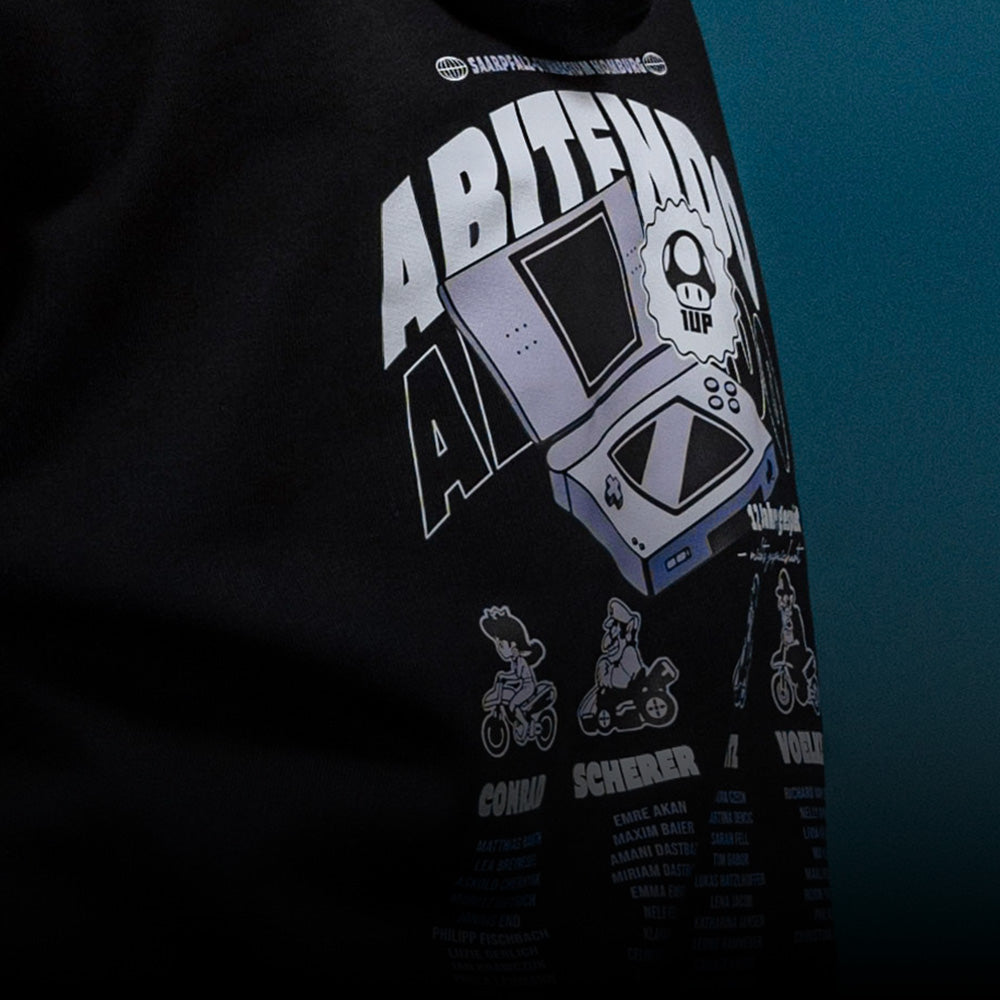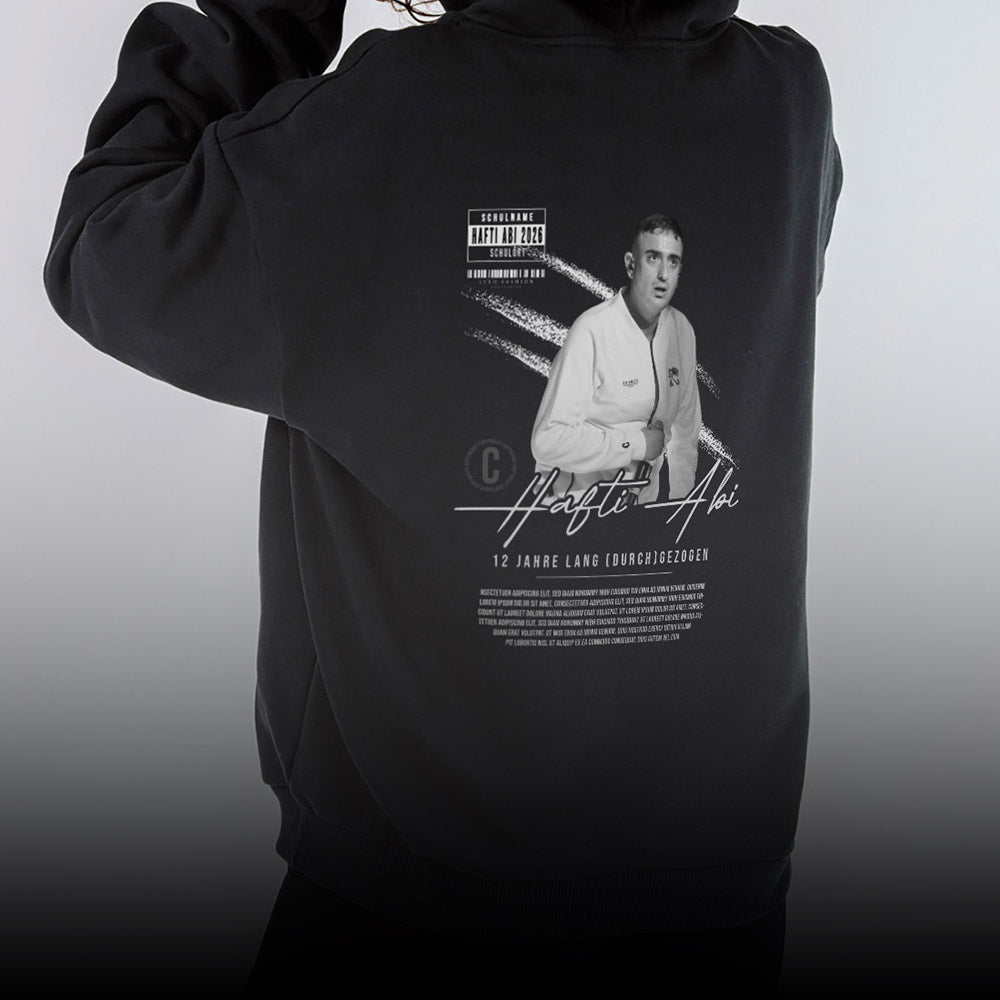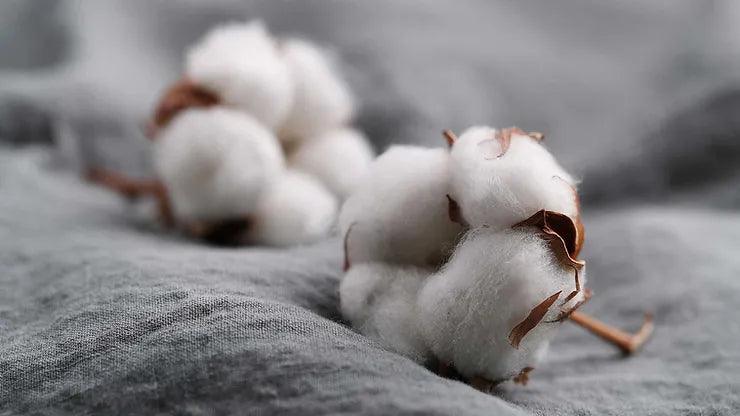Fast fashion has an enormous impact on our environment and therefore on our daily lives. Every year the fashion industry uses 93 billion cubic meters of water. It is estimated that it takes 2,700 liters of fresh water to produce a single cotton T-shirt, which is the amount a person drinks in 2.5 years.
Numerous insecticides, pesticides and fertilizers are also used when growing natural fibers. Cotton cultivation takes up around 25 percent of the global insecticide market and around ten percent of the pesticide market. Although actually only 2.5% of the world's available arable land is used to produce cotton. In the United States, farmers receive subsidies from the government for their cotton plantations, which allows them to create a high supply of cotton on the global market.
The resulting low world market prices have a major impact on farmers in developing countries, such as India, who are not supported by subsidies. Since they cannot keep up with the low prices in the USA, farmers lose their competitiveness on the market.
For this reason, we at LYTD® Fashion have created free teaching materials based on scientific sources for teachers so that they can teach their students about sustainable and conscious consumption. This first part is about the impact of fast fashion on the environment.
But what is fast fashion anyway?
Fast fashion. In this operating model of the fashion industry, the production and design of collections is no longer based on the season, but rather on quickly changing trends. In order to be able to implement these trends and bring them to market as quickly as possible, the collections are usually produced and sold with poor quality and very low prices. Large textile companies present over 20 collections per year. The number of 50 billion new items of clothing manufactured in 2000 has doubled since then.
But not only production but also consumption has increased rapidly, with the average person buying 60% more clothing today than they did 20 years ago. With the increase in constantly changing collections and trends, customer tastes are also changing more and more frequently, as the items they purchase quickly go out of fashion. In Germany, 40 to 70 items of clothing are purchased per person per year, of which only 40 percent are worn a maximum of twice. The majority ends up in landfills and only around 1 percent of used clothing is recycled into new items of clothing.
The ever-growing fashion industry and the associated environmental impact have an impact on many different areas.
We covered the following content:
-
The fast fashion age
-
The Aral Sea
-
Problems of cotton cultivation
-
Fast fashion
-
Microplastics
-
organic cotton
-
What can I do?
In order to draw further attention to these topics, we at LYTD® have created teaching material based on scientific findings for you as a teacher, in which you can introduce the topic of "Fast Fashion VS Fair Fashion". Using clear examples and practical tasks for your students, you can design a teaching unit on the topic and thus further increase awareness of sustainable consumption among your students.
And if you would like to further increase your students' awareness of sustainable consumption and fair fashion as part of a joint project, please book a free consultation with us and we will explain to you how LYTD Fashion can support you and your school in creating your own individual one and create a sustainable collection.
You can also combine identification with the school and the feeling of community with a contemporary and fashionable style, as we specialize in design and fashion for Gen Z. Alternatively, you can simply request a non-binding offer
We look forward to seeing you!
Best regards,
Your LYTD team
Authors: Lea Labude, Vincent Azimian




